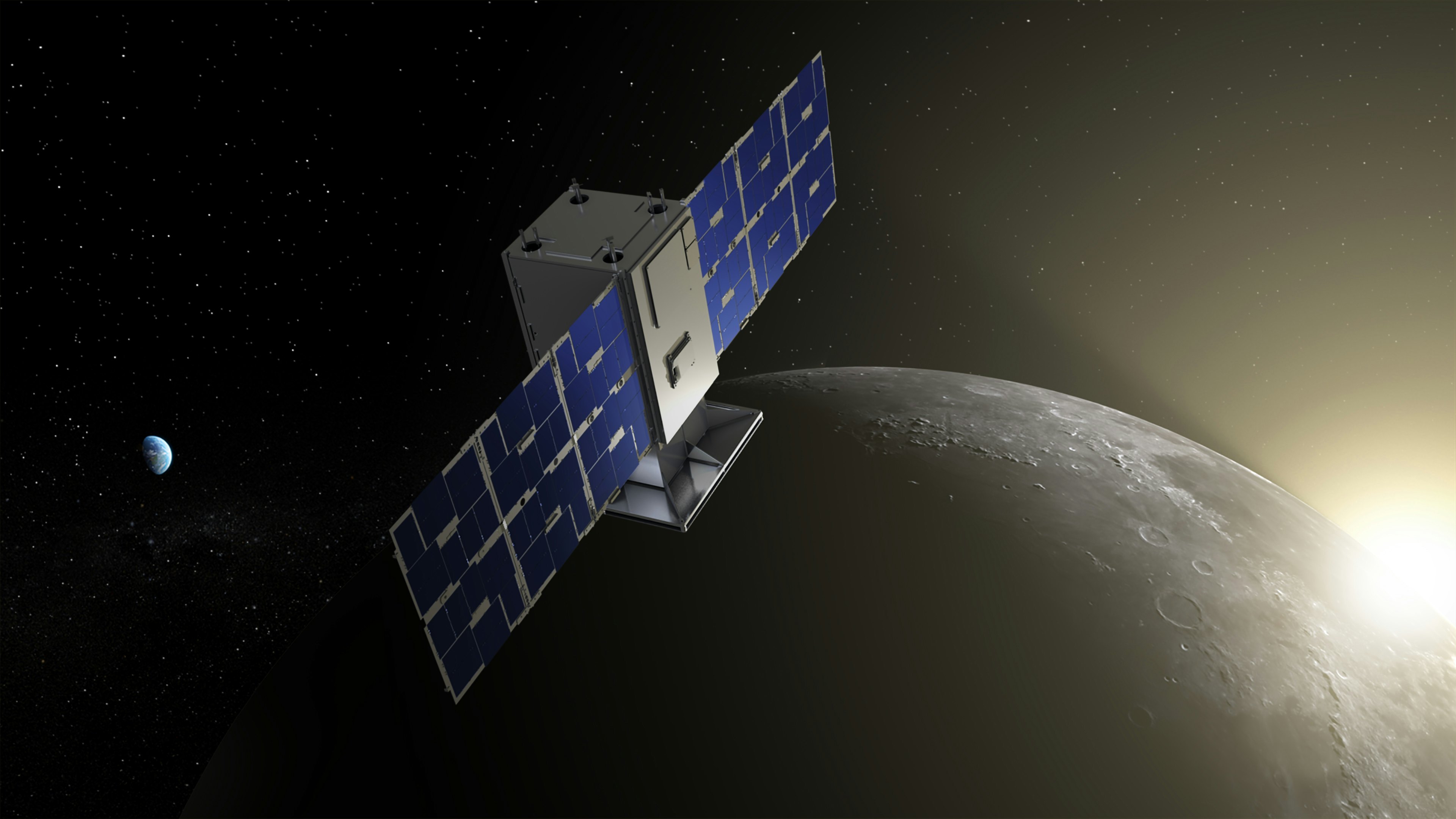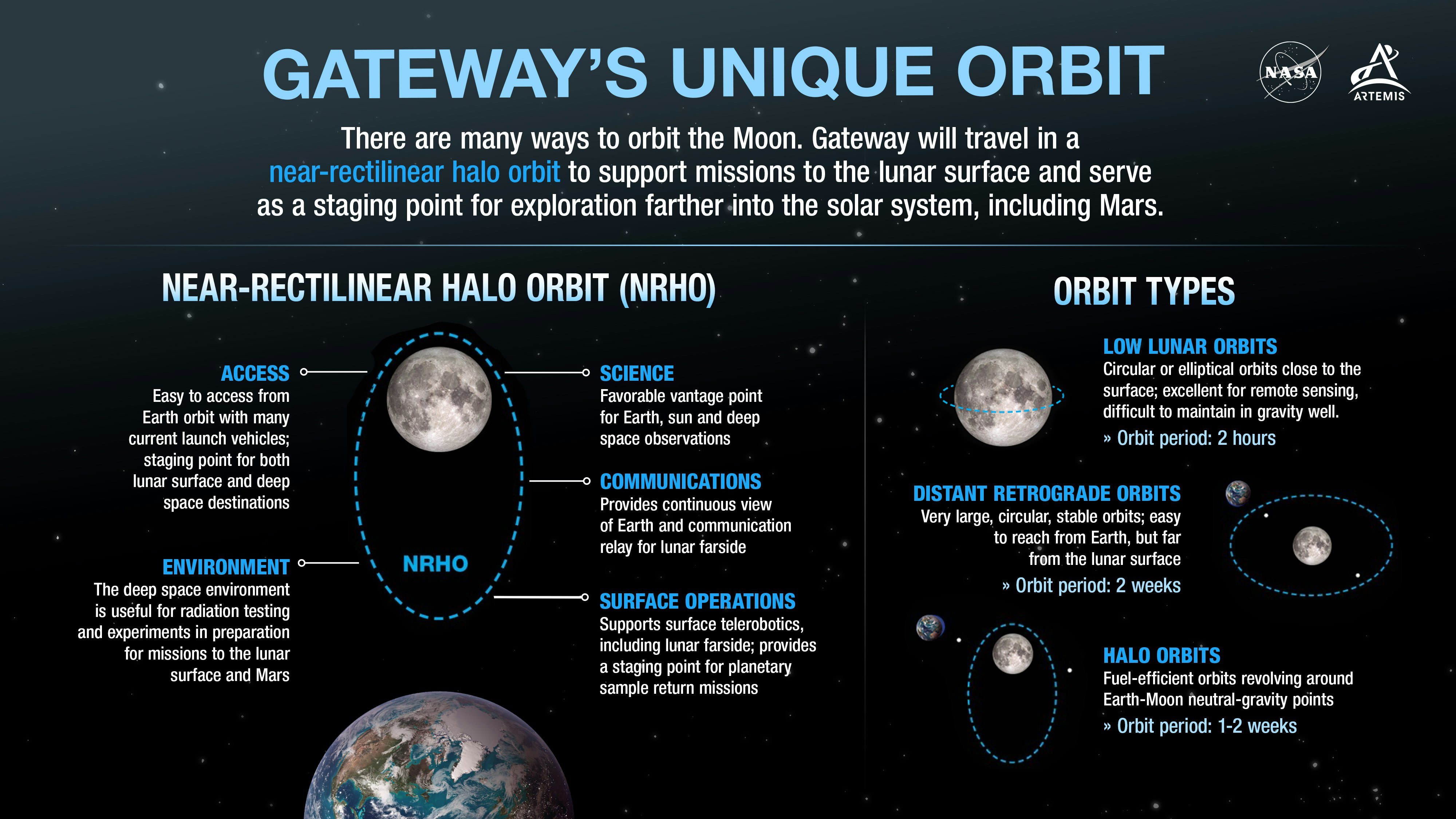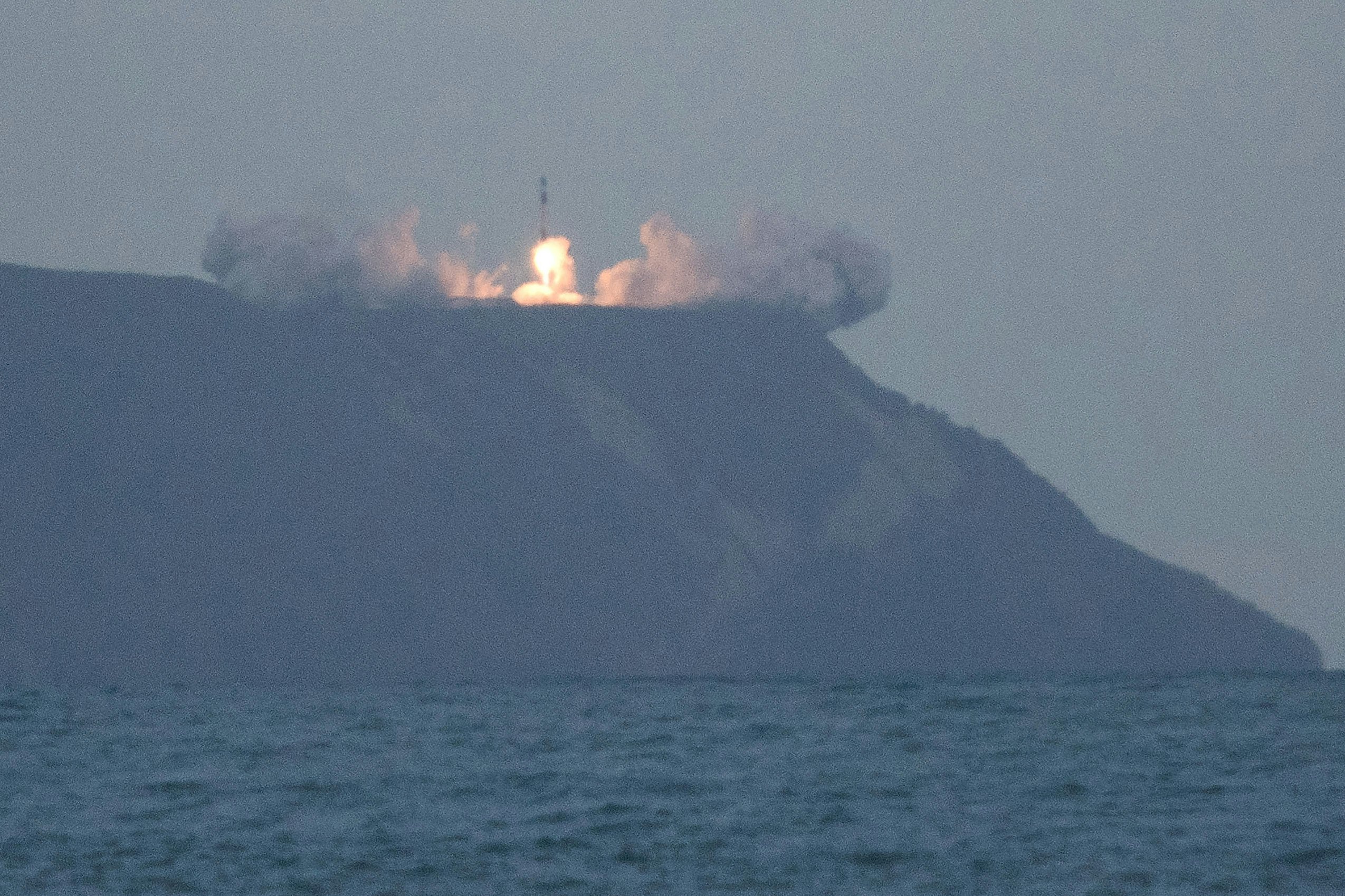
A microwave oven-sized satellite will fly in a peculiar orbit around the Moon this summer, as part of NASA’s effort to make their Lunar Gateway project a reality.
NASA is no stranger to lofting things that circle Earth’s natural satellite, but here’s the rub: There is one particular type of ellipse, called a near rectilinear halo orbit (NRHO), that can help astronauts descend to the Moon’s surface and ascend back to an orbiting Lunar Gateway while helping keep fuel costs down significantly.
On Wednesday, the space agency and its commercial space partners announced that the 55-lb CAPSTONE spacecraft, designed to study this peculiar path, will launch no earlier than June 6 from New Zealand aboard a Rocket Lab Electron rocket.
Why it matters — CAPSTONE, or Cislunar Autonomous Positioning System Technology Operations and Navigation Experiment, will demonstrate how an outer-space outpost could ride the NRHO orbit, hopefully helping Artemis astronauts one day remain connected to Earth as they explore the final frontier.
The play between the gravitational fields exerted by our planet and the Moon converges to create the tightrope-esque qualities of NRHO.
Its an ideal orbit because it enables astronauts and service vehicles easy access to valuable ice stored at the Moon’s south pole, it’s significantly-more fuel efficient when compared to the orbits of other lunar missions, and it gives the Lunar Gateway continuous line of sight of the Earth for “uninterrupted communication” to teams back home, according to Nujoud Merancy, chief of the Exploration Mission Planning Office at NASA's Johnson Space Center in Houston, who spoke at Wednesday’s teleconference.

But this orbit is not an easy trip.
Lasting about a week, NRHO is primarily influenced by Earth’s gravity for six days and by the Moon for about a day. “That combination of two bodies – and the evolution over a seven-day orbit of which is more dominant or which is more impactful – that really drives some of those operational complexities,” Bradley Cheetham, CAPSTONE principal investigator, said Wednesday.
What’s next – Rocket Lab will loft CAPSTONE from the company’s Launch Complex 1 in New Zealand next month. NASA’s Launch Services Program at NASA’s Kennedy Space Center in Florida will manage its departure.

The spacecraft will spend three months flying to its targeted destination, and will then take six months to study the orbit.
“Then, when we get there, a lot of what we’re learning is about the operational realities of this type of flight,” Cheetham said, like determining how automatic the Lunar Gateway will need to be, how much ground tracking will be necessary, and what types of maneuvers will help the outpost sail its course.
CAPSTONE is only the third-ever mission to enter this orbit. According to Cheetham, NRHO has only been used twice in the past, once by NASA and another time by China’s space program.
Cheetham is also the CEO of Colorado-based Advanced Space, which developed and operated CAPSTONE. NASA's Small Business Innovation Research (SBIR) program supported the creation of this spacecraft.







